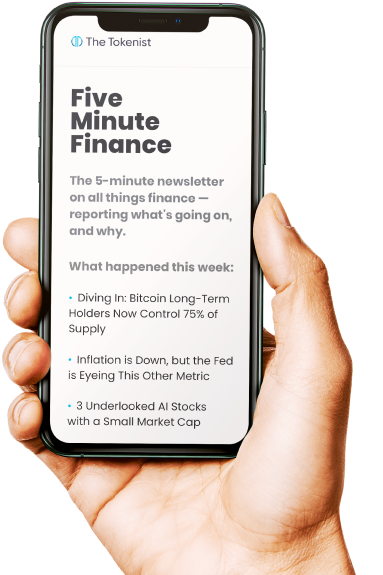
Why Did Rapport Therapeutics, Inc Shares Skyrocket in Premarket?
Rapport Therapeutics, Inc. (NASDAQ: RAPP) experienced a dramatic surge in premarket trading on September 8, 2025, with shares jumping over 143% to $34.99 from the previous close of $14.36. This explosive movement came after the clinical-stage biotechnology company announced overwhelmingly positive results from its Phase 2a clinical trial of RAP-219, an investigational treatment for drug-resistant focal onset seizures.
The trial results exceeded expectations across multiple key metrics, positioning the company to advance into Phase 3 registrational trials and potentially bringing hope to patients suffering from epilepsy who haven’t responded to existing treatments.
Rapport Announces Groundbreaking Phase 2a Results
The Phase 2a clinical trial of RAP-219 delivered impressive efficacy results that far exceeded typical outcomes in epilepsy research. In the 8-week treatment period, patients achieved a remarkable 77.8% median reduction in clinical seizures compared to baseline, with statistical significance (p=0.01). Perhaps most importantly for patients and their families, 24% of participants achieved complete seizure freedom during the treatment period, a outcome that occurred with high statistical significance (p<0.0001).
The trial also met its primary endpoint with flying colors, as 85.2% of patients achieved at least a 30% reduction in long episodes (LEs) – an objective electrographic biomarker for seizure activity – compared to baseline (p<0.0001). Additionally, 72% of patients experienced at least a 50% reduction in clinical seizures, demonstrating the drug’s potential to meaningfully improve quality of life for people with drug-resistant epilepsy. These results are particularly significant because up to 40% of patients with focal epilepsy continue to experience seizures despite available therapies, representing a substantial unmet medical need.
RAP-219 was generally well-tolerated throughout the trial, with no serious adverse events reported during the treatment period. The most common side effects were mild, including dizziness (26.7%), headache (16.7%), and fatigue (13.3%), with only 10% of patients discontinuing treatment due to adverse events. This safety profile, combined with the strong efficacy results, supports the drug’s potential as a new treatment option for patients who have exhausted other therapeutic alternatives.
Join our Telegram group and never miss a breaking digital asset story.
RAPP Stock Up 143% in Premarket Trading
The premarket surge to $34.99 represents a stunning 143.66% increase from Friday’s closing price of $14.36, demonstrating investors’ enthusiasm for the trial results. This dramatic movement occurred at 7:50:55 AM EDT on September 8, 2025, shortly after the company released its positive topline results. The stock had been trading in a 52-week range of $6.43 to $29.74, making the premarket price a new high for the company and reflecting the market’s assessment of RAP-219’s commercial potential.
Prior to this announcement, RAPP had been struggling with negative returns, showing a year-to-date decline of 19.05% and a one-year return of -32.33% as of September 5, 2025. The company’s market capitalization stood at approximately $524 million before the surge, and analyst price targets averaged $34.20 with a high of $42.00, suggesting the premarket movement aligns closely with professional expectations. The dramatic price appreciation reflects investors’ recognition that successful Phase 2a results significantly de-risk the development pathway and increase the probability of eventual commercial success.
Looking ahead, Rapport plans to meet with the FDA in Q4 2025 for an end-of-Phase 2 meeting and expects to initiate two Phase 3 pivotal trials in Q3 2026. The company will also present additional efficacy analyses and 8-week follow-up results in 2026, which could provide further catalysts for the stock. Beyond epilepsy, Rapport is evaluating RAP-219 in bipolar mania (Phase 2 results expected in H1 2027) and diabetic peripheral neuropathic pain, potentially expanding the drug’s addressable market significantly and creating multiple value inflection points for investors.
Disclaimer: The author does not hold or have a position in any securities discussed in the article. All stock prices were quoted at the time of writing.




